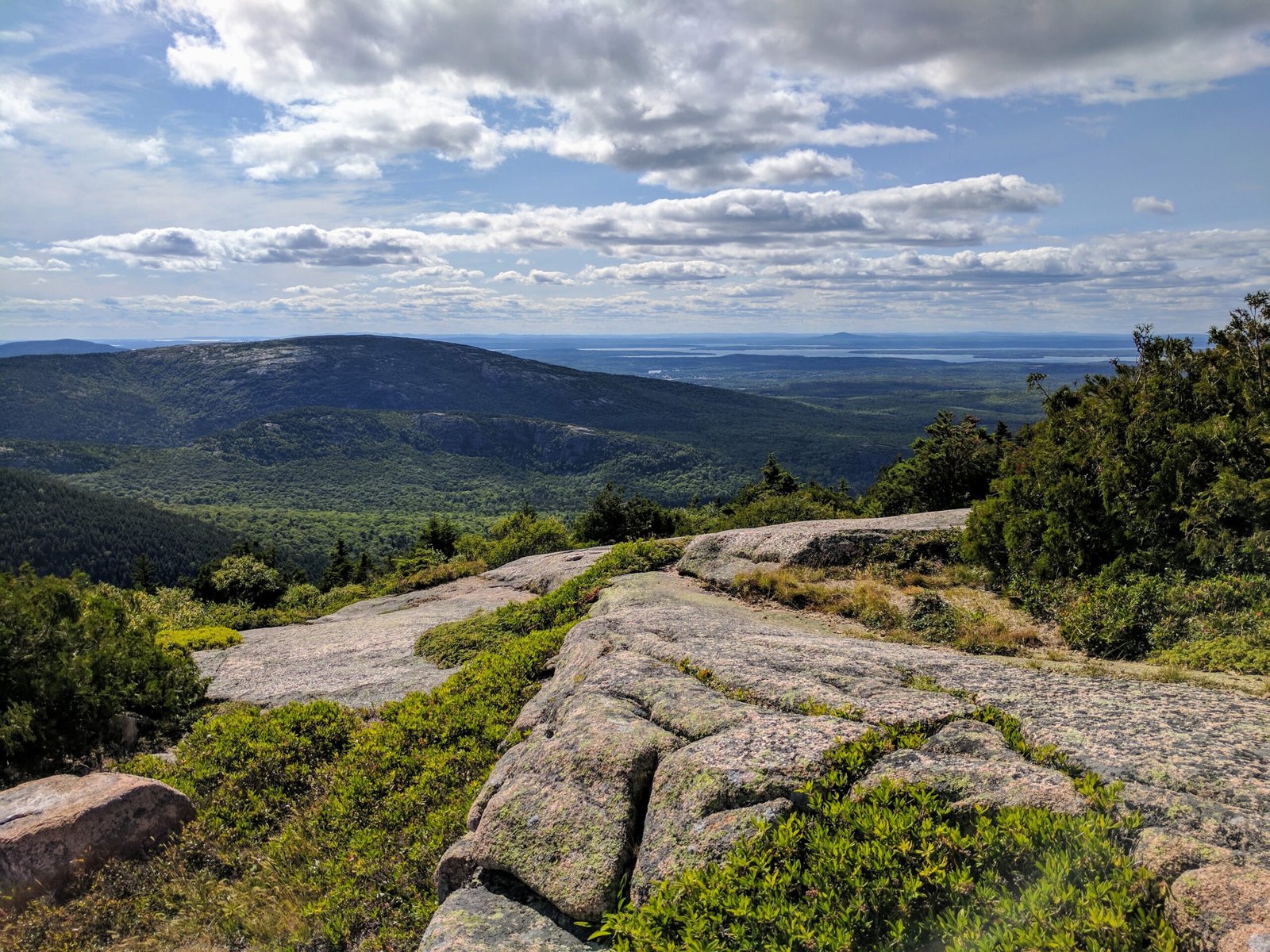Your cart is currently empty!

The Ultimate Guide to Exploring Acadia National Park: Insider Tips and Insights
Posted Date:
Planning Your Visit to Acadia National Park
When planning your visit to Acadia National Park, the timing of your trip is crucial. The park experiences its busiest period from late June to August when the weather is warm and ideal for outdoor activities. However, if you prefer fewer crowds, consider visiting in the shoulder seasons—spring (April to June) and fall (September to early October). During these times, you’ll experience milder weather conditions and breathtaking foliage, especially in autumn. Winter visits are less common but offer a unique experience with snow-covered landscapes. Keep in mind that some park facilities and roads might be closed during the winter months.
Getting to Acadia National Park is relatively straightforward. If you’re driving, the primary entrance is located at Hulls Cove on Mount Desert Island, accessible via U.S. Route 1 and Maine State Route 3. For those relying on public transportation, the Island Explorer buses offer convenient services from late June through the beginning of October, connecting Bar Harbor and nearby towns to various park destinations.
Accommodation options in and around Acadia are plentiful. Camping enthusiasts can choose from several campgrounds within the park, such as Blackwoods, Seawall, and Schoodic Woods. For more luxurious lodging, Bar Harbor and other surrounding communities offer a variety of hotels, bed-and-breakfasts, and vacation rentals. Booking in advance, especially during peak season, is highly recommended to secure your preferred accommodations.
Packing for your trip should aim to balance comfort and preparedness. Essential items include sturdy hiking boots, breathable clothing, and layers to adjust to varying temperatures. Don’t forget to bring a reusable water bottle, sunscreen, insect repellent, and a first aid kit. For those planning more extended hikes, a detailed map, compass, and portable snacks are indispensable.
Prior to your visit, ensure you’re aware of any required permits or passes. Most visitors will need to purchase a park entrance pass, available online or at entrance stations. Familiarize yourself with park rules and regulations; for instance, pets must be leashed, and practicing “Leave No Trace” principles is strongly encouraged to preserve the natural beauty of Acadia National Park.
Must-See Attractions and Activities in Acadia
Acadia National Park is a treasure trove of natural beauty and diverse activities, ensuring that every visitor finds something to enjoy. Start your exploration with a visit to Cadillac Mountain, the highest peak on the East Coast. For an unforgettable experience, aim to reach the summit at sunrise; the panoramic views of the Atlantic Ocean and surrounding islands are truly breathtaking. Arriving early not only allows you to capture stunning photos but also helps you avoid the crowds.
Another iconic landmark within Acadia is Jordan Pond. Known for its crystal-clear waters and serene landscape, it provides a perfect backdrop for both photography and relaxation. The Jordan Pond House is a must-visit for its famous popovers and tea. Early morning or late afternoon visits are ideal to enjoy the tranquility without the influx of tourists. Don’t miss the scenic Jordan Pond Path, an easy walk that leads you around the pond with spectacular views of the Bubble Mountains.
Nature’s force can be observed at Thunder Hole, where ocean waves crash into a naturally-formed inlet causing a thunderous boom. To witness this phenomenon at its peak, visit during mid-tide when the water is neither too high nor too low. From here, many opt to venture onto the nearby Oceanside Path for more coastal scenery.
For hiking enthusiasts, Acadia offers trails for all skill levels. Beehive Trail is perfect for adventure seekers with its challenging climbs and rewarding views, while Ocean Path is better suited for casual walkers who prefer a less strenuous route. Cyclists can take advantage of the park’s Carriage Roads, a network of gravel paths that meander through the park, offering an array of gentle to moderately difficult rides.
Water lovers will find their haven in Acadia as well. Kayaking and canoeing in areas like Eagle Lake provide a peaceful way to explore the park from a different vantage point. For a more guided experience, consider the numerous boat tours available that delve into the park’s maritime history and wildlife, including opportunities to spot seals and seabirds.
Wildlife enthusiasts should head to spots like Schoodic Peninsula and Seawall Picnic Area early in the morning or late in the afternoon for the best chances of observing deer, foxes, and occasionally moose. Bird watchers will find the park’s diverse habitats a hotspot for species ranging from peregrine falcons to warblers.
To escape the main tourist areas, explore lesser-known gems like Little Hunters Beach or Witch Hole Pond. These secluded spots offer the same beauty and charm as Acadia’s more famous sites but with far fewer visitors.
Lastly, no visit to Acadia is complete without sampling local fare. Nearby Bar Harbor is replete with dining options, offering everything from fresh seafood to locally-sourced produce. For a more rustic experience, take advantage of established picnic areas within the park, perfect for a midday break surrounded by nature.
Categories: